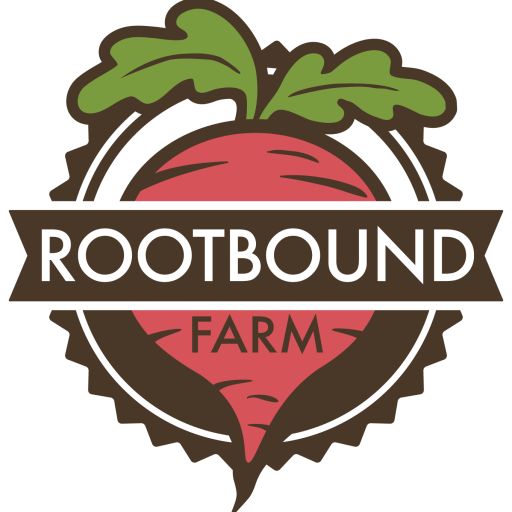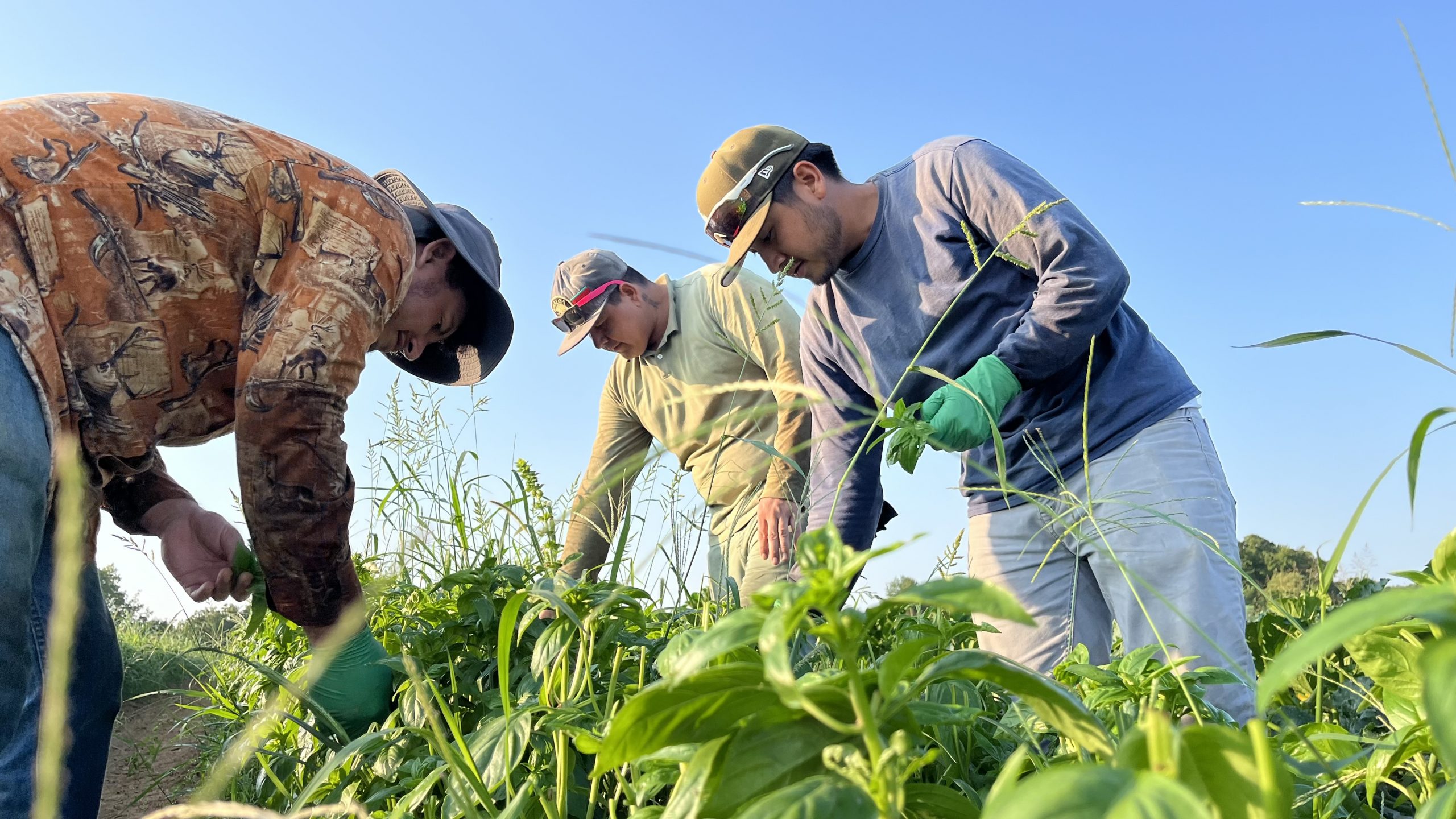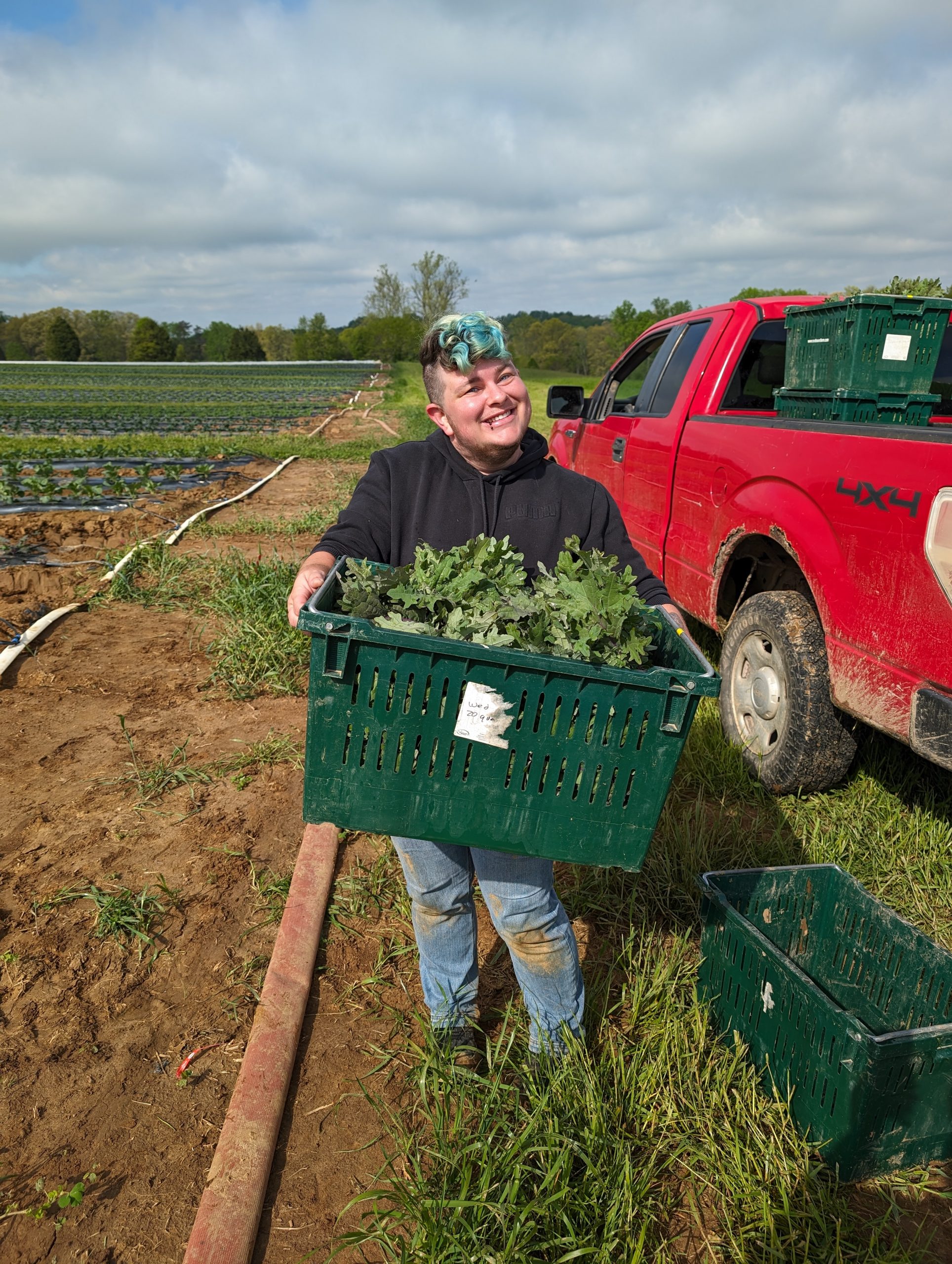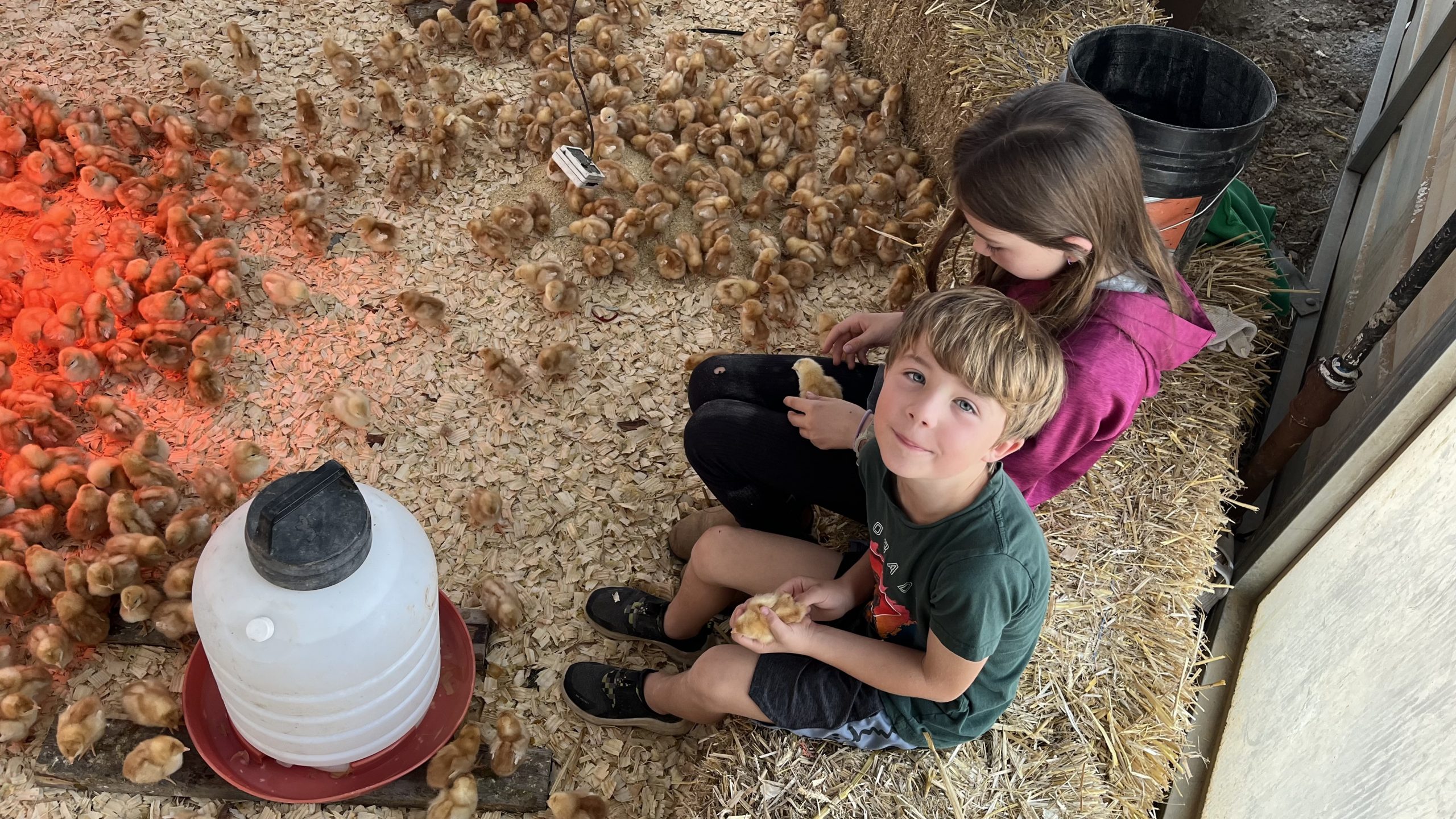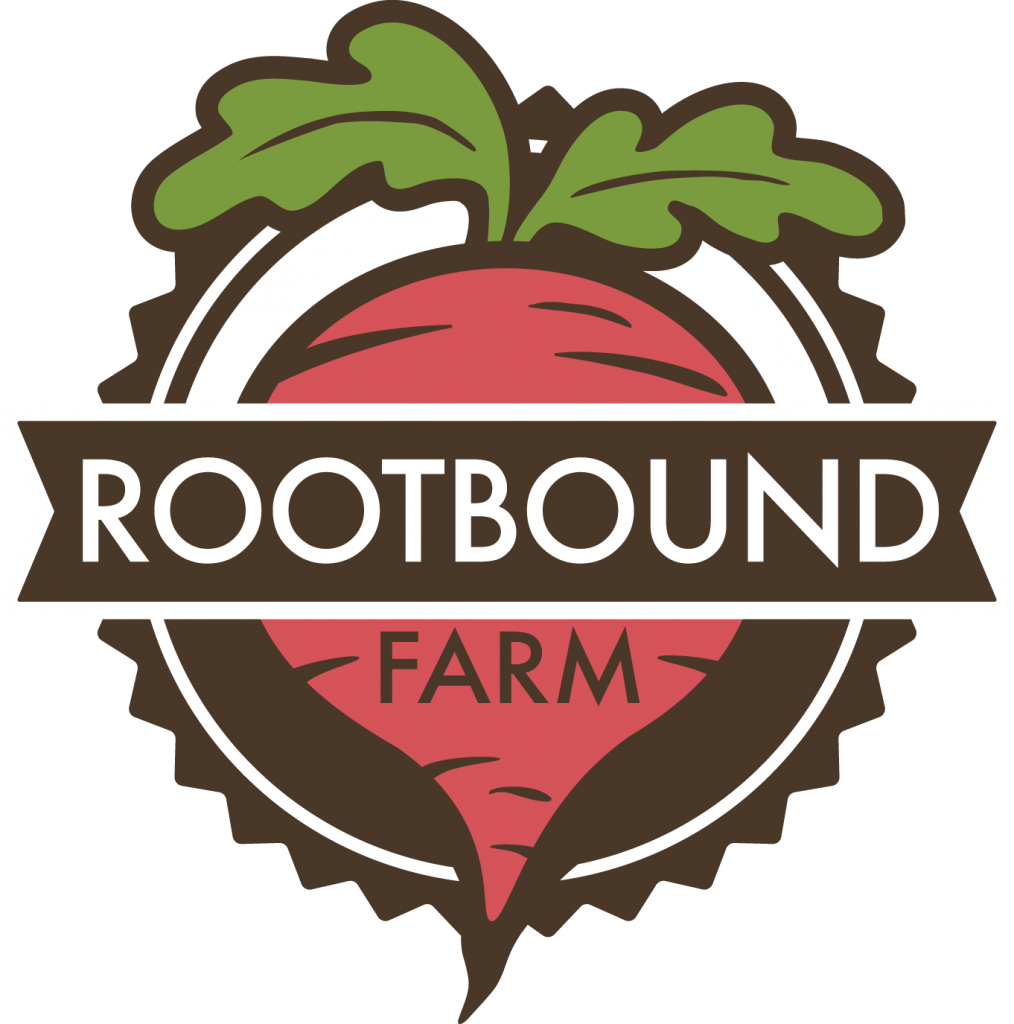This short essay is the second installment of our “Why Organic?” series, where we explore how our Organic Agricultural practices and certification improve different facets of our food and environmental systems. In the past, we discussed why organic agriculture cares for the farmers, and in this edition, we will uncover why it makes for a healthier planet.
Earlier this month, we completed our Organic Certification for the year. Two inspectors from the KY Department of Agriculture were here on the farm for a full day, checking our records, touring the farm, and interviewing staff. This year marks our 15th organic certification–we’ve been certified organic since the beginning.
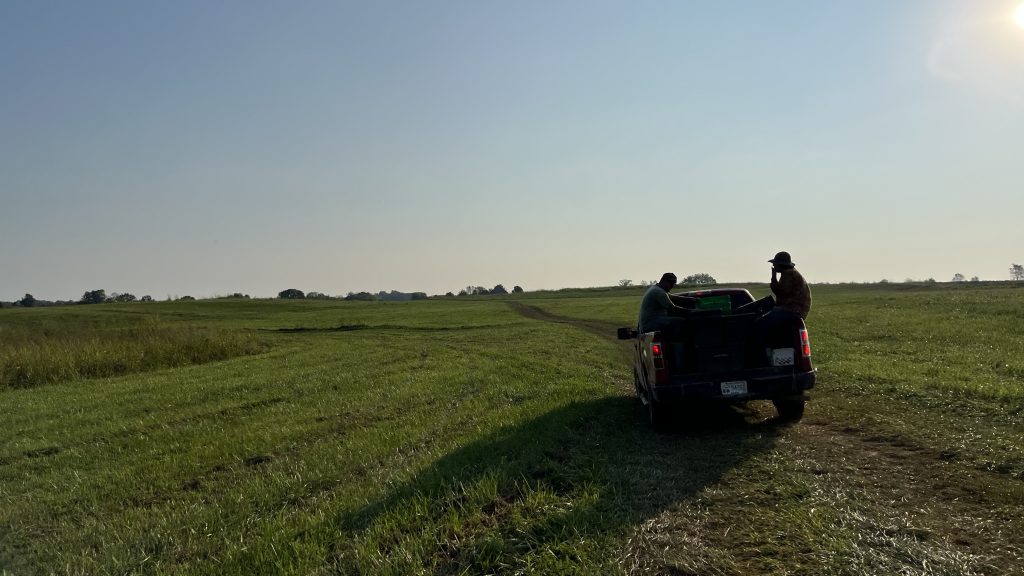
Producing food organically isn’t just important to how we farm, but it’s also central to why we farm. We are committed to growing food and caring for the land in a way that cares for and promotes health for our natural world.
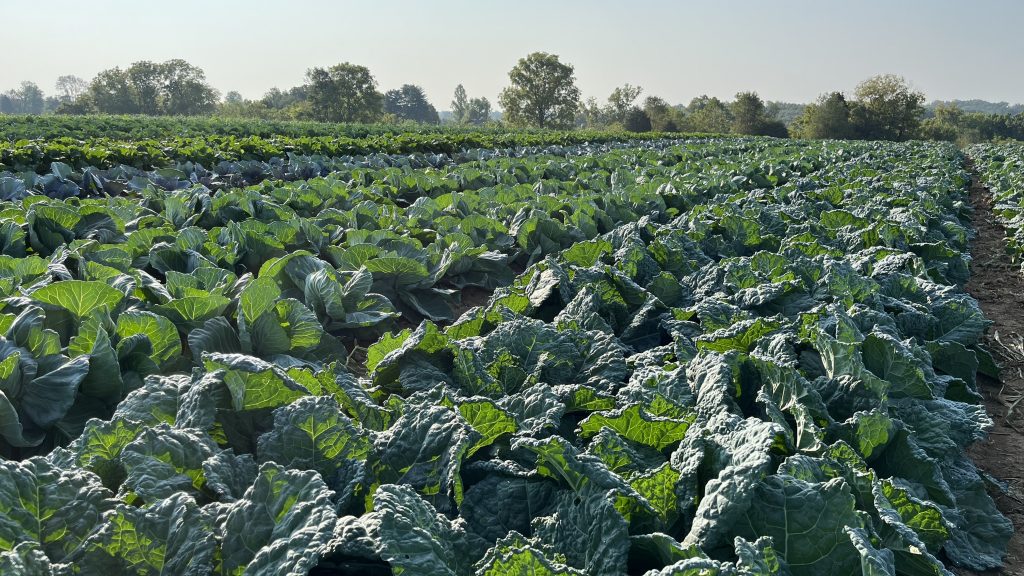
The core of our farming practices here at Rootbound Farm focuses on building healthy soils that can produce resilient and healthy crops to feed our community. Soil is one of our most important tools in the fight against climate change. Some of the practices we use here at Rootbound to build healthy and living soil include cover cropping, crop rotation, and green mulching. Studies have even shown that organic farms sequester 25%+ more carbon by using organic practices. That’s something to be hopeful about!
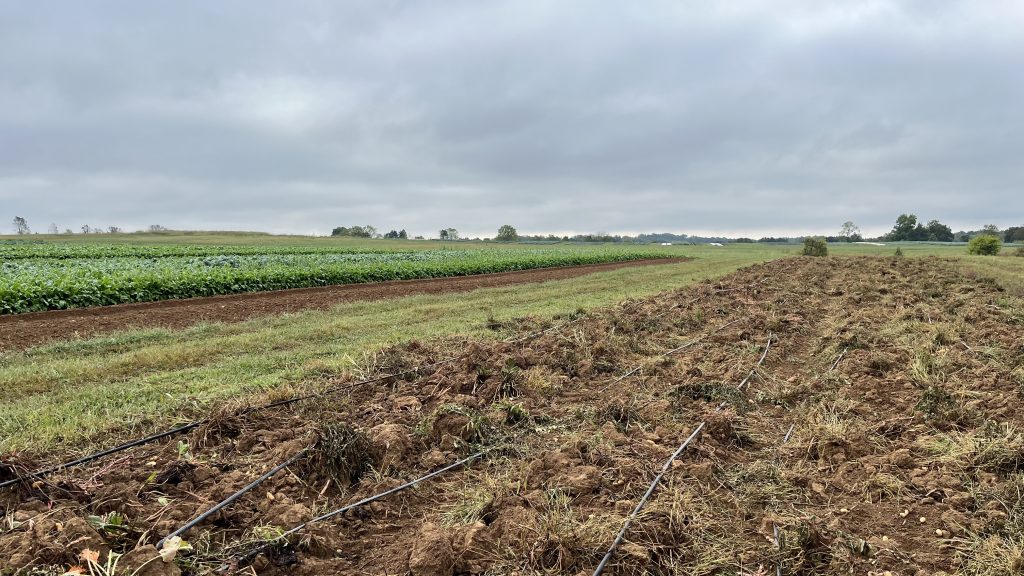
At Rootbound Farm, our livestock (sheep and chickens) are also certified organic. Raising livestock organic means we exclusively use organic animal feed and never use antibiotics or added growth hormones. We are doing a lot of things above and beyond organic certification, including raising “pastured” livestock, which has a regenerative effect by also building healthy soils when animals are rotated on fallow crop fields. We are proud to take a holistic approach in our regenerative agriculture practices, where the sheep, chickens, pastures, and crop fields work together with us in a mutually beneficial and healthy fashion.
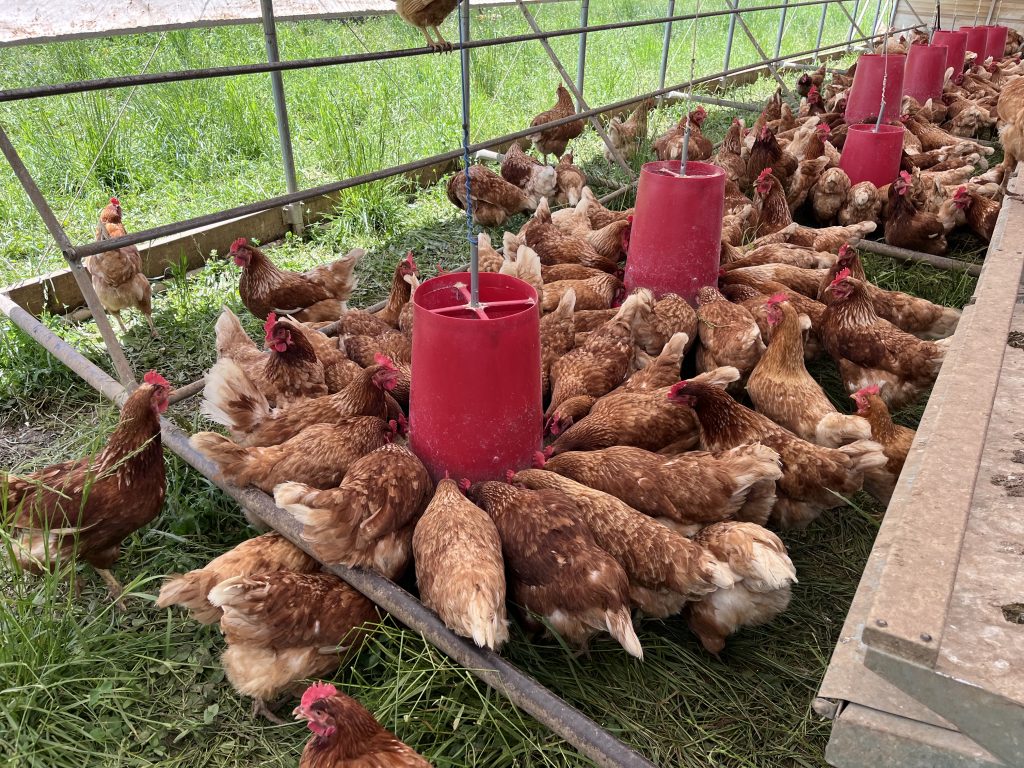
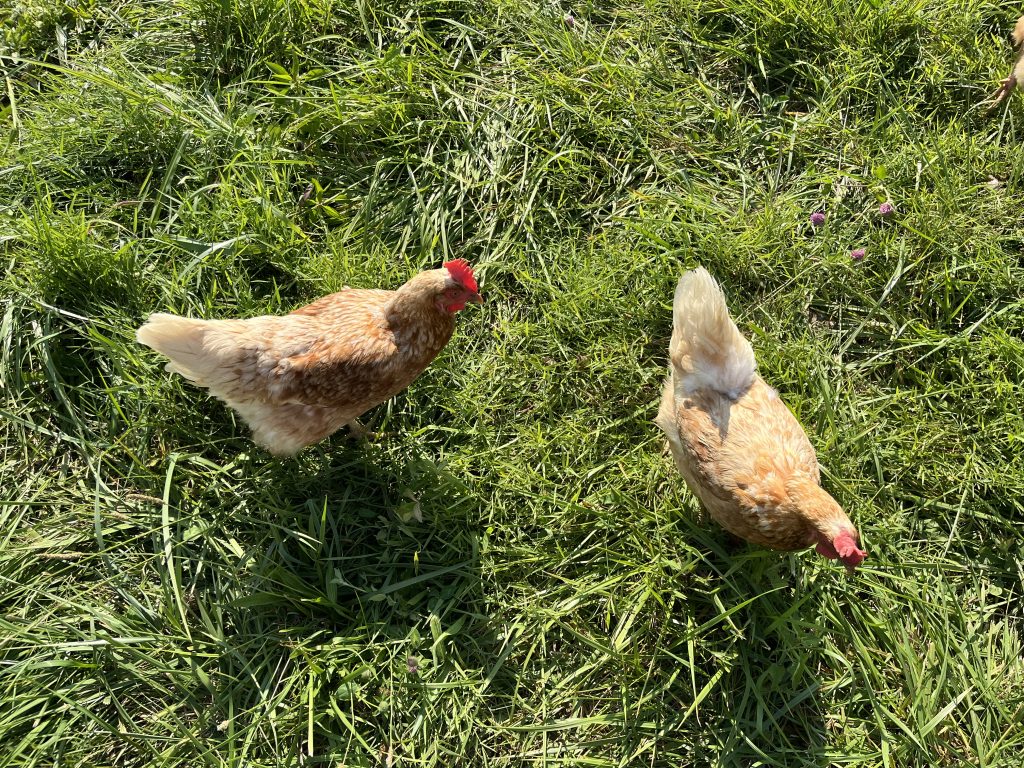
Organic farming is also on the vanguard of preserving biodiversity. Organic farming bans the use of synthetic fertilizers and chemical/toxic herbicides and pesticides. You have probably heard of the crisis of declining bee populations, which is a bellwether of the ways prevalent chemical use in agriculture creates a ripple effect. Organic farms are havens for wildlife and provide homes for bees, birds, and butterflies. Organic farms have, on average, 30% more biodiversity.

We know that what we do on our farm impacts our greater community through our shared watershed. Ag (agricultural) chemicals sprayed in the fields drain downhill into the creeks and affect the wildlife and health of our waterways. Our farm borders Darby Creek and Harrods Creek. These waterways flow to the Ohio River, which provides the primary drinking water source for Louisville and beyond. So we are all connected, and our ag practices eventually impact us all beyond what we do here within our fence rows.
We’ll catch you next time for our final installment of this series, where we review why organic agriculture practices improves your life!
Meet Pedro, one of the Farmers!
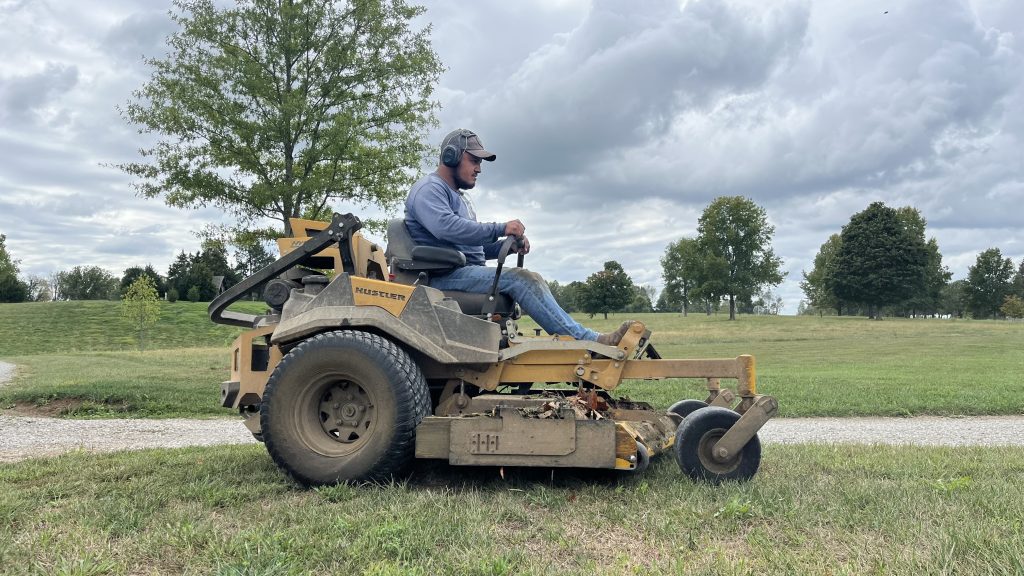
“Empecé con todo, la cosecha, limipieza de camas, todo del campo, y ahora, mí trabajo primero es facilidades y mantenimiento–I started with everything, the harvest, weeding the beds, everything on the farm, and now, my main job is facilities and maintenance.” In 2017, Pedro became one of the farmers at Rootbound, and seven years in, he’s built a lot here and back at home.
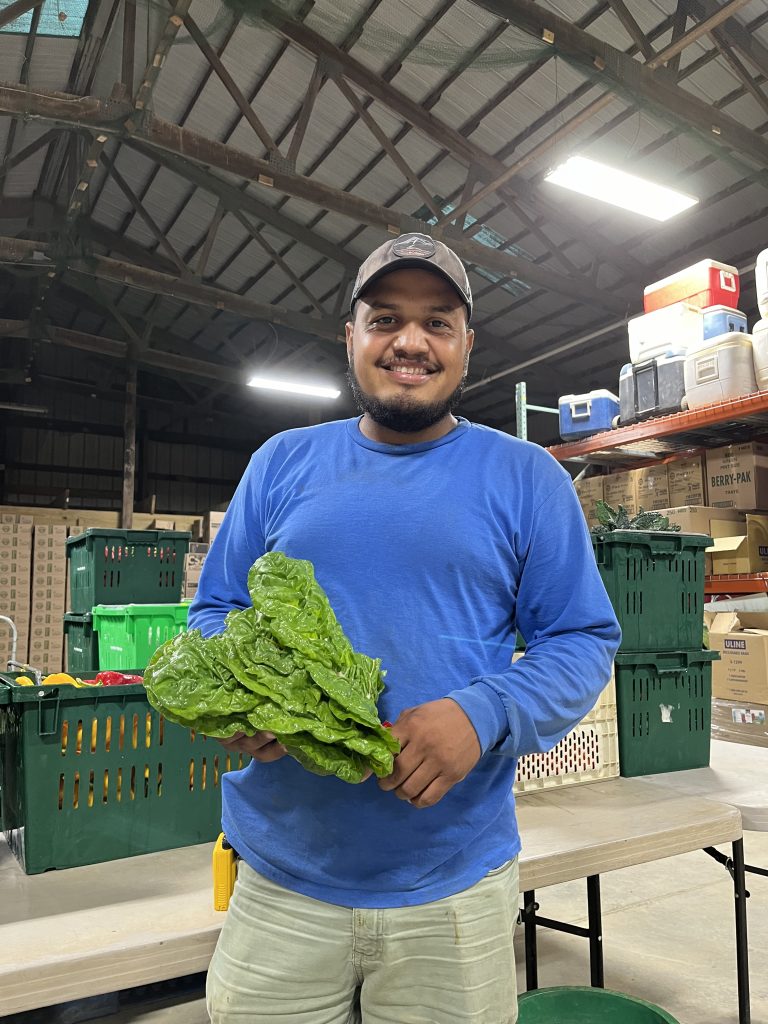
When it was his main job, Pedro enjoyed harvesting the leaves the best. “Son más fresca y es más facil cortar los.” They’re fresh, and it’s easier to cut and harvest them. When harvests start in the early morning, the farmers begin with the leaves in the cooler weather. They move faster with swift movements, cutting through bunches of Kale, Swiss Chard, Cilantro, Parsley, and Collards. It’s a much simpler process compared to our squash, watermelon, and root vegetable harvests. Even though Pedro says Curly Kale is his favorite to harvest, he says he hasn’t tried it. “Possiblemente un día voy a comer hojas.” Maybe one day I will eat the greens. It’s important to remember that not everyone has the same opportunity to try vegetables and that when you do get the chance, you should take the leap to try something new!
Now, his job is more specific, as he works with Ramon, Jose, and Sergio, cutting grass and building farm infrastructure at Rootbound. Last week, he helped install heaters in the packshed to keep Pillo, Omar, Jerusha, Oscar, and myself warm as we pack CSA boxes in the upcoming colder months. Pedro doesn’t just work with his team at Rootbound. He also hired them as contractors to help build his house in Tepic over the winter. In anticipation of his twins, who were born this March, he, his wife, and son moved into the new home to accommodate their growing family.
At Rootbound, he shares a house with other members of his family, including Oscar, his brother. “Es muy raro cuando se miran.” It’s very rare when I do get to see him, Pedro says, referring to the fact that Oscar lives three hours away from Nayarit. But at the farm, they see each other every day. “Nosotros no miraron tele cuando eramos jovenes.” We didn’t watch television when we were younger. But somehow, they both like watching zombie movies without ever watching one together. But they didn’t watch TV for a good reason. “Encantaban fútbol! Saliemos escuela, hacer tarea, y despues jugabamos fútbol.” We loved soccer. After we left school, we finished our homework and played soccer. When I asked about his oldest son’s love for football, he says he does the same. They now watch La Liga Mexicana games on TV, and while he roots for Club América, his son roots for Guadalajara.
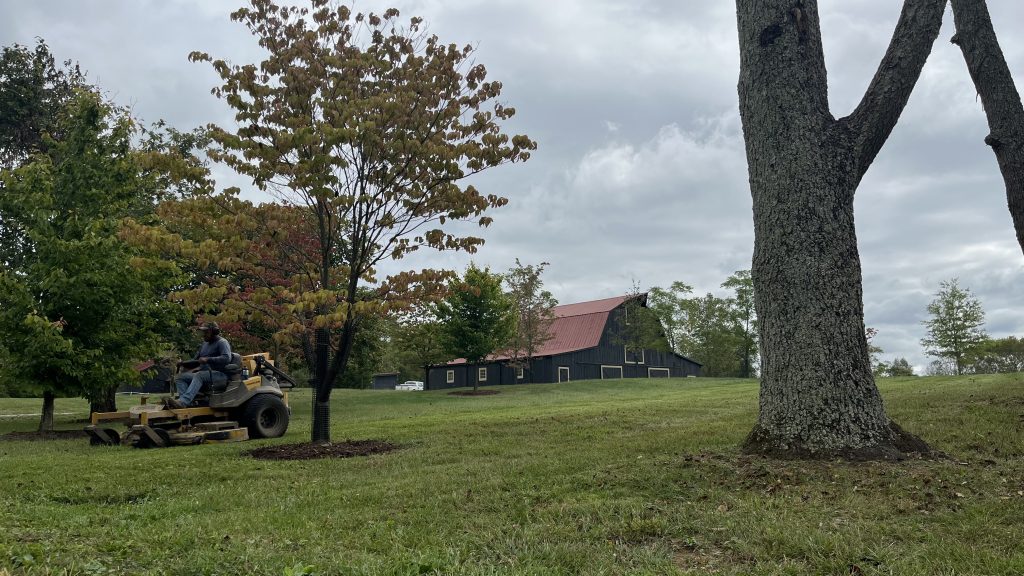
Now that we are in the final twelve weeks of CSA, Pedro looks forward to spending time with his wife and children. I asked him what his idea day was, and he said he’d like to go to the ocean. “No me gusta el mar, pero me gusta comer y estar enfrente del mar. Mi esposa es muy fanatico al mar.” I don’t like the ocean, but I do like eating and seeing and existing alongside the ocean. My wife is a big fan. Nayarit, Mexico is famous for its beaches and seafood, but Pedro isn’t as big of a fan of swimming or eating seafood like many of the other farmers from Nayarit. “No encanto los mariscos” Instead, he misses his mother’s Birria de Cerdo Slow Cooked Lamb Stew. He’ll get to try it again when he goes home for the winter!
Recipes
Red Russian Kale for Breakfast, Lunch, and Dinner
| Charred Kale Frittata – Alison Roman |
| Kalekopita – Iron Clad Pan |
| Red Russian Kale Caesar Salad – Taproot Farm |
| Lamb Meatballs with Kale, Cumin, Yogurt and Rice |
Hakurei Turnips Eight Ways
Eat Microgreens and Herbs with Everything!
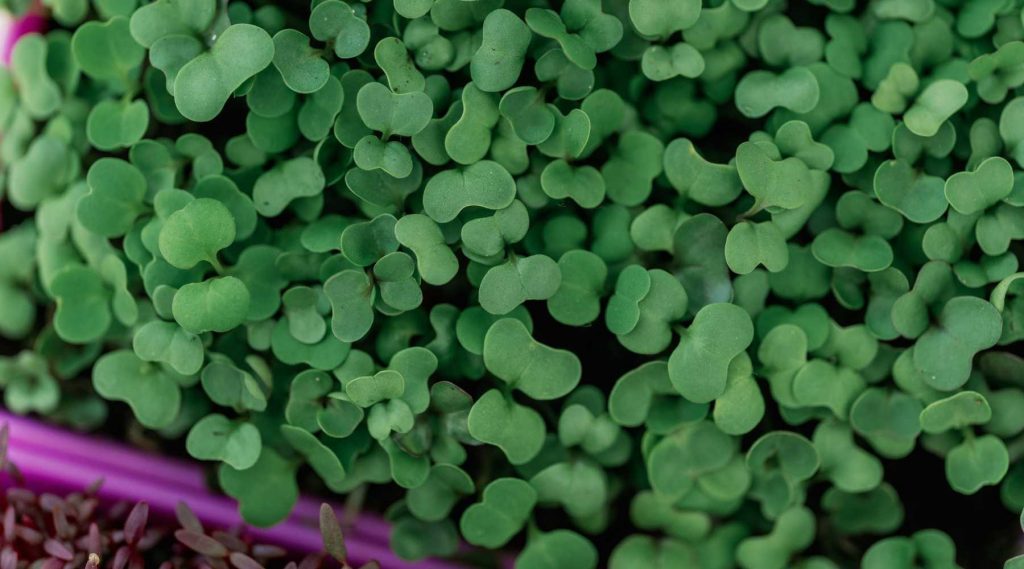
They’re back! The weather is cooler and now is the optimal time to enjoy these small, tender, and flavorful leaves. But how do you eat them? It’s easy to throw basil into a pesto, parsley in a chimichurri, cilantro in a chutney or pico de gallo, or microgreens on a sandwich, but there are simpler ways beyond dedicated sauces to add bright and fresh flavors to your meal.
Add herbs in your salads to add an extra dimension of flavor to your mixed greens, cut off and bundle parsley or cilantro stems to flavor stocks and soups, garnish your soups and stews with herbs to add brightness, add crunch to broccolini or any dish with herbed breadcrumbs, and add the final touch to your lamb with gremolata.
Microgreens work in a similar way and are easier to prep and incorporate into your meal. Here are 10 of the Tastiest Ways to Enjoy Microgreens that will help kickstart your imagination. When we had microgreens earlier this CSA season, I elevated my saag paneer and vegan chicken caesar wraps with the microgreens for a pop of freshness.
Our Favorite Summer Recipes
Fall CSA is on, and our endless supply of tomatoes, garlic, eggplant, and peppers isn’t going to be endless for much longer. Celebrate the last of your favorite summer produce with these recipes.
